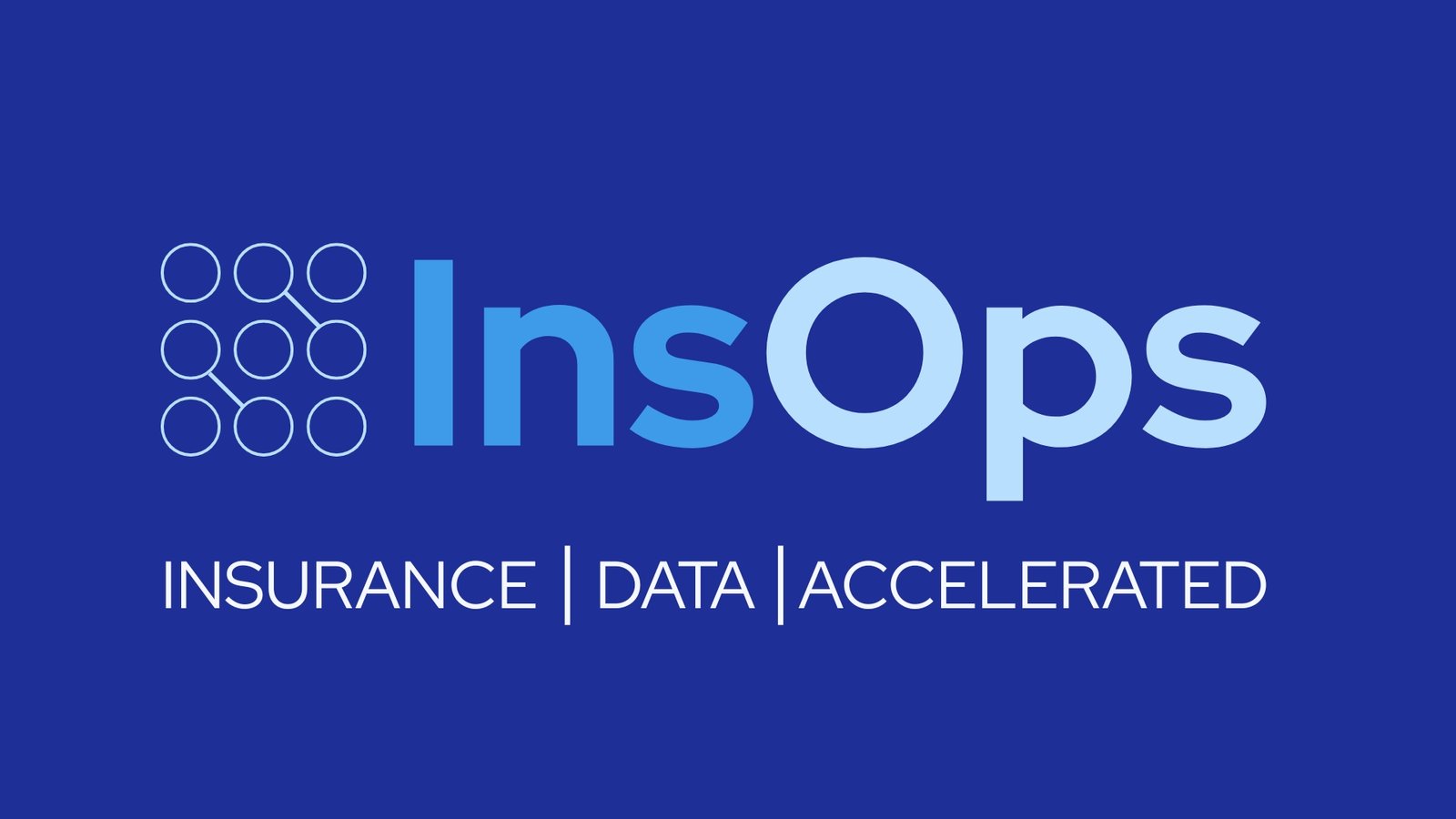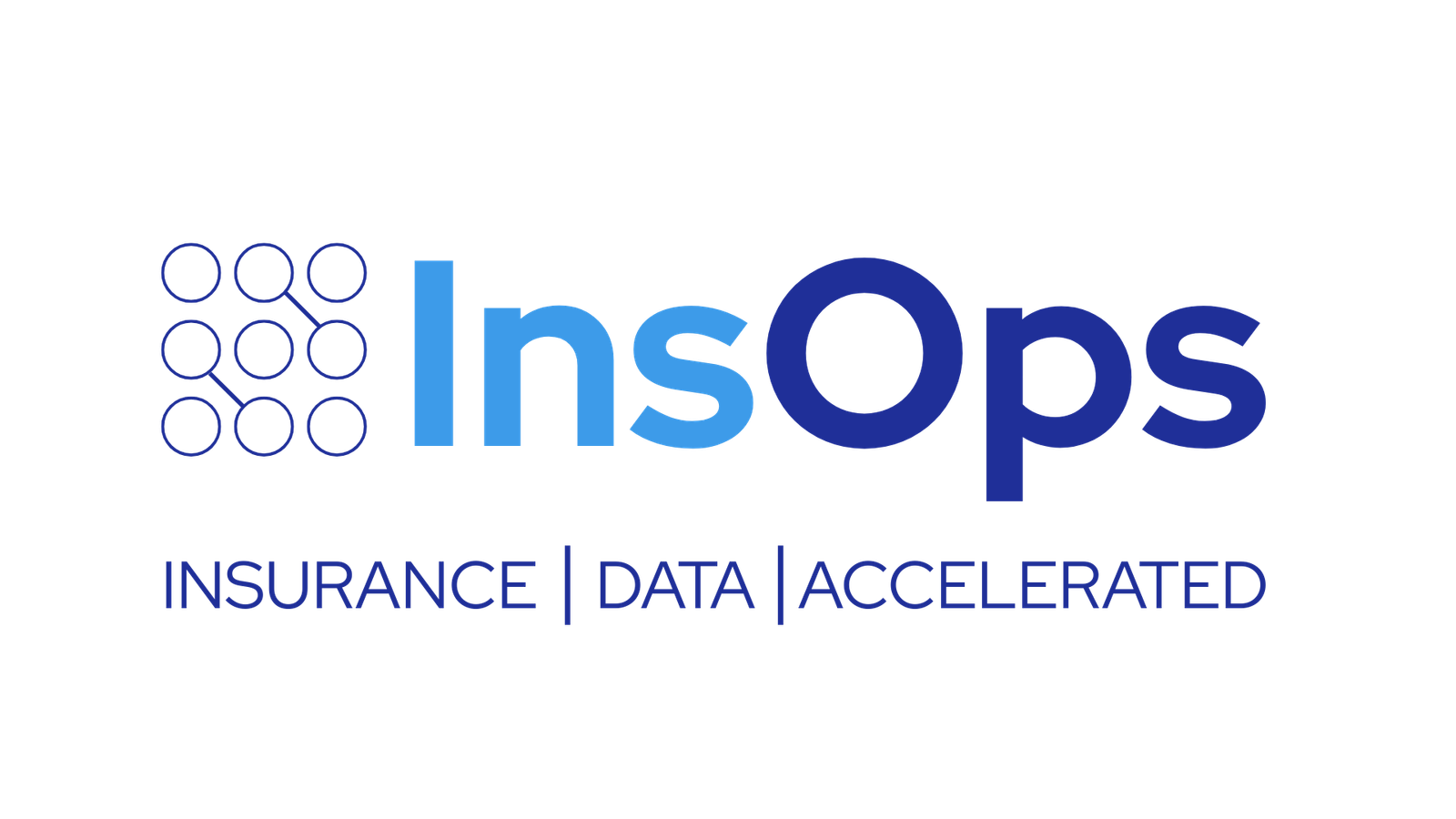Data Anonymization for Insurance: A Complete Overview
Insurers manage vast amounts of sensitive data—policyholder details, medical records, claims information, and payment histories. Much of this data must also be moved into lower environments for testing, development, and analytics, where exposure risks are higher but teams still need meaningful insights.
Data anonymization addresses this balance. It protects Personally Identifiable Information (PII) and Protected Health Information (PHI) while keeping data useful for business and regulatory needs. Done right, it enables compliance with GDPR, HIPAA, and NAIC standards and supports modernization efforts like cloud migration and AI adoption.
In this blog, we’ll outline what data anonymization means for insurers, why it has become essential, the key approaches available, and real-world applications
What is Data Anonymization in Insurance?
Data anonymization is the process of altering or removing identifiers from sensitive records so that individuals cannot be re-identified, while the data remains useful for analysis and operations. For insurers, this applies to policy, claims, and underwriting data, where Personally Identifiable Information (PII) and Protected Health Information (PHI) are widely present.
Types of Data Anonymization for Insurance
Insurers rely on different anonymization techniques depending on the type of data and the purpose of its use. Below are the most common approaches, along with examples from policy, claims, and underwriting workflows.
1. Data Masking
Masking replaces sensitive values with characters or symbols, such as showing only the last four digits of a Social Security number
Example: Displaying “XXXX-XXXX-4321” instead of the full policyholder SSN when claims adjusters review records in a training or testing system
2. Blanking
Blanking removes data fields entirely when the information is not needed for testing or analysis
Example: Omitting the policyholder’s date of birth in anonymized datasets used to test a new billing module
3. Tokenization
Tokenization replaces sensitive values with randomly generated tokens that hold no real meaning but preserve the data structure.
Example: Converting credit card numbers or account IDs into unique tokens when storing payment histories for claims processing tests.
4. Encryption
Encryption encodes sensitive values so that only authorized users with the decryption key can view them.
Example: Encrypting medical records submitted in disability claims before they are shared with third-party administrators (TPAs).
5. Synthetic Data Generation
Synthetic data creates entirely new but statistically valid records that mimic real data patterns without exposing actual customer details.
Example: Generating synthetic policyholder addresses and demographics to train AI underwriting models without risking exposure of real identities.
The key distinction between data anonymization and other techniques is that it eliminates the possibility of tracing data back to an individual, even through indirect identifiers. In contrast, methods like masking or pseudonymization alter values but can still leave paths for re-identification if original data or mapping keys are exposed.
Why Anonymization is Critical for Insurers
The growing volume of sensitive data, combined with regulatory pressure and rising cyber risks, makes it essential to protect customer information while keeping it usable for business operations.
1. Compliance with Global Regulations
Insurers must comply with regulations like GDPR, HIPAA, and NAIC, ensuring customer data is protected even in lower environments. Failure to do so can lead to fines and reputational damage, but anonymization provides a reliable way to stay compliant while keeping data usable.
2. Building and Preserving Customer Trust
Policyholders expect insurers to protect sensitive details like medical records and payment histories. By anonymizing data before it is shared or tested, insurers reassure customers that their information is safe and strengthen overall confidence.
3. Enabling Secure Analytics and AI
Insurers increasingly use data to improve underwriting accuracy, detect fraud, and deliver better customer experiences. These initiatives require access to large volumes of policy and claims records. However, if data is passed to these lower environments without anonymization, sensitive details can be exposed, leading to compliance violations and privacy risks.
4. Supporting Digital Transformation and Modernization
Insurers can safely move production-like datasets into new environments, validate system behavior, and onboard new technologies without waiting for elaborate security exceptions or manual masking. This reduces project delays and gives insurers a competitive edge in adopting new platforms.
Why Traditional Data Anonymization Approaches Fall Short
Even though anonymization is essential, many insurers still rely on outdated methods to protect sensitive data. Manual scripts, ETL-based anonymization, or third-party AI tools can address parts of the problem, but they introduce new risks:
- Slow and error-prone: Manual scripts and ETL jobs are fragile, costly to maintain, and often delay projects when data needs to be anonymized quickly for testing or analysis.
- High maintenance costs: Every change in source systems requires rework, creating ongoing expenses and slowing modernization efforts.
- Risk of exposure: Sending sensitive data to external anonymization platforms increases the chance of leaks and raises compliance concerns under GDPR, HIPAA, and NAIC rules.
- Inconsistent coverage: Legacy methods often miss indirect identifiers, leaving gaps that still allow for potential re-identification.
- Loss of data value: Overly aggressive masking or redaction can make test data unrealistic and reduce the accuracy of analytics and AI models.
Given these shortcomings, insurers need a more reliable approach. The following best practices outline how to implement data anonymization effectively while protecting sensitive information and keeping it useful for day-to-day operations.
Best Practices for Data Anonymization in Insurance
Implementing anonymization effectively requires more than masking sensitive fields. To truly protect customer data while preserving its value, insurers should follow these best practices:
- Start with comprehensive data discovery: Identify all instances of Personally Identifiable Information (PII) and Protected Health Information (PHI) across policy, claims, billing, and partner systems. Hidden or overlooked fields are a common source of compliance gaps.
- Apply anonymization consistently across environments: Ensure anonymization is not limited to production systems. Lower environments such as testing, development, and staging must receive the same level of protection to prevent accidental exposure.
- Preserve business context: Anonymization should protect sensitive values without stripping the dataset of meaning. For example, replacing policyholder names with synthetic values that maintain realistic formats helps preserve testing accuracy and analytical insights.
- Incorporate built-in compliance checks: Align anonymization processes with regulatory frameworks like GDPR, HIPAA, and NAIC. Automated audit trails and validation rules strengthen defensibility during regulatory reviews.
- Automate wherever possible: Manual scripts and ETL-based anonymization are slow, error-prone, and costly to maintain. AI-driven automation reduces human error, shortens timelines, and scales anonymization across large datasets.
- Validate and monitor continuously: Treat anonymization as an ongoing process, not a one-time task. Run validation checks regularly to ensure no identifiers remain, and update rules as new data sources or compliance requirements emerge.
What Tools Are Used for Data Anonymization in Insurance?
Several tools are commonly used by insurers to anonymize data, but each falls short when applied to the complexity of insurance systems:
- Manual scripts and ETL jobs: Often built in-house, these approaches are slow, error-prone, and expensive to maintain. They struggle to scale across decades of policy and claims data.
- Generic anonymization platforms: Enterprise tools provide masking or tokenization but lack insurance-specific logic, making it difficult to preserve business context or align with NAIC requirements.
- Third-party AI solutions: While capable of automation, many require sending sensitive data outside the insurer’s environment, introducing compliance risks under GDPR and HIPAA.
These methods can anonymize data at a basic level, but they rarely deliver the speed, compliance, and data utility insurers need. That’s why purpose-built solutions like InsOps GenAnonymize are becoming critical
How InsOps GenAnonymize Improves on Traditional Approaches
Traditional anonymization methods often force insurers to choose between security and usability. Scripts and ETL jobs are slow and brittle, generic tools overlook the complexity of insurance data, and third-party AI platforms raise compliance concerns.
- Runs directly within the insurer’s environment so sensitive information never leaves secure systems.
- Automates detection and anonymization of PII and PHI across policy, claims, and billing data, reducing reliance on manual processes.
- Applies insurance-specific rules that preserve data utility, ensuring anonymized datasets still behave like production for testing, analytics, and AI.
- Aligns with GDPR, HIPAA, and NAIC standards, providing defensibility during audits without slowing down operations.
The result is anonymization that protects policyholder data while keeping it meaningful, making it practical for everyday insurance workflows.
Data Anonymization for Insurance: Protecting Privacy, Preserving Value
For insurers, data anonymization is no longer optional. It is the safeguard that allows sensitive policyholder information to be used in lower environments without creating compliance or privacy risks. More importantly, it ensures data remains meaningful—supporting testing, analytics, and AI—while protecting customer trust.
InsOps GenAnonymize keeps data meaningful and ensures compliance while protecting sensitive information across policy, claims, and billing systems
Contact us to learn more about how InsOps can help you anonymize insurance data securely and efficiently
Frequently Asked Questions
1. What is data anonymization for insurance?
Data anonymization for insurance is the process of removing or altering personal identifiers in policy, claims, and billing data so individuals cannot be re-identified, while the data remains useful for testing, analytics, and regulatory needs.
2. What is the importance of data anonymization in insurance?
The importance of data anonymization in insurance lies in its ability to ensure compliance with GDPR, HIPAA, and NAIC, protect customer privacy, and allow insurers to use sensitive data safely in lower environments for development, testing, and analytics.
3. What is the difference between data anonymization vs data masking in insurance?
When comparing data anonymization vs data masking in insurance, masking hides or replaces values but may still leave paths for re-identification. Data anonymization eliminates that possibility entirely, providing stronger protection for policyholder data.
4. What are some data anonymization examples in insurance
Data anonymization examples in insurance include anonymizing claims data for Guidewire migration testing, removing identifiers before sharing policy data with TPAs, and generating synthetic datasets for AI underwriting models
5. What are common data anonymization techniques in insurance?
Common data anonymization techniques in insurance include masking, tokenization, blanking, encryption, and synthetic data generation. The right technique depends on whether the data will be used for testing, analytics, or AI.

